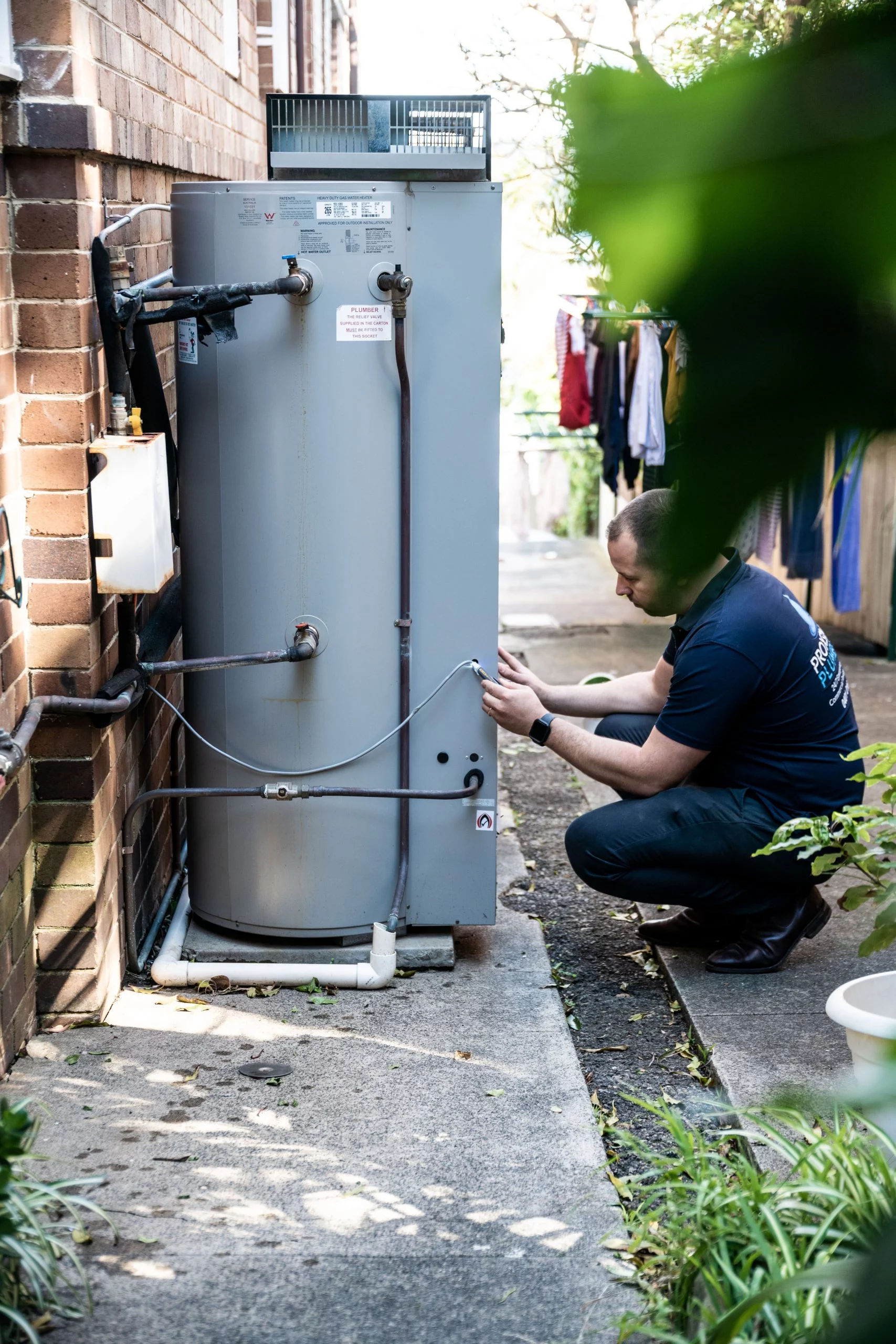Ways to Successfully Care for Your Home's Hot Water SystemUseful Techniques for Caring for Your Home's Hot Water System
Ways to Successfully Care for Your Home's Hot Water SystemUseful Techniques for Caring for Your Home's Hot Water System
Blog Article
Are you currently trying to locate selective information involving Tips For Maintaining Your Hot Water Heater?

Warm water is vital for everyday comfort, whether it's for a refreshing shower or washing recipes. To guarantee your warm water system runs successfully and lasts much longer, normal upkeep is vital. This write-up supplies functional ideas and understandings on exactly how to preserve your home's hot water system to prevent interruptions and costly fixings.
Intro
Keeping your home's warm water system may seem daunting, yet with a couple of simple actions, you can guarantee it runs smoothly for years ahead. This overview covers everything from comprehending your warm water system to do it yourself maintenance pointers and knowing when to employ expert aid.
Significance of Maintaining Your Warm Water System
Normal maintenance not only expands the life-span of your warm water system but also guarantees it runs effectively. Neglecting upkeep can cause reduced efficiency, greater energy costs, and also premature failing of the system.
Indications Your Hot Water System Demands Upkeep
Knowing when your warm water system requires focus can stop major issues. Look out for signs such as irregular water temperature level, odd noises from the heating system, or rustic water.
Comprehending Your Warm Water System
Prior to diving into maintenance tasks, it's handy to comprehend the basic parts of your warm water system. Usually, this includes the hot water heater itself, pipelines, anode rods, and temperature level controls.
Month-to-month Upkeep Tasks
Normal monthly checks can assist capture minor problems prior to they escalate.
Flushing the Hot Water Heater
Purging your water heater eliminates sediment accumulation, improving effectiveness and prolonging its life.
Checking and Changing Anode Rods
Anode rods avoid corrosion inside the tank. Examining and replacing them when worn is vital.
Evaluating and Readjusting Temperature Level Setups
Readjusting the temperature level setups ensures optimal performance and safety.
DIY Tips for Maintenance
You can perform several maintenance tasks yourself to keep your hot water system in top problem.
Checking for Leaks
Frequently inspect pipes and connections for leaks, as these can lead to water damages and greater costs.
Examining Stress Alleviation Valves
Checking the stress relief valve ensures it functions correctly and prevents excessive stress build-up.
Shielding Pipelines
Protecting hot water pipelines minimizes warm loss and can save energy.
When to Call a Professional
While DIY upkeep is advantageous, some concerns call for expert knowledge.
Complex Concerns Calling For Expert Help
Examples include major leakages, electrical troubles, or if your water heater is consistently underperforming.
Regular Professional Upkeep Perks
Expert maintenance can consist of detailed assessments, tune-ups, and guaranteeing compliance with safety and security requirements.
Conclusion
Routine maintenance of your home's warm water system is necessary for efficiency, long life, and expense savings. By adhering to these tips and knowing when to look for professional aid, you can make sure a reliable supply of warm water without unexpected disturbances.
How to Maintain an Instant Hot Water Heater
Before tinkering with your hot water heater, make sure that it’s not powered on. You also have to turn off the main circuit breaker and shut off the main gas line to prevent accidents. Also turn off the water valves connected to your unit to prevent water from flowing into and out of the appliance. 2. When you’re done, you have to detach the purge valves’ caps. These look like the letter “T” and are situated on either side of the water valves. Doing so will release any pressure that has accumulated inside the valves while at the same time avoid hot water from shooting out and burning your skin. 3. When the purge valves’ caps are removed, you have to connect your hosing lines to the valves. Your unit should have come with three hoses but if it didn’t, you can purchase these things from any hardware or home repair shops. You can also get them from retail stores that sell water heating systems. Read the user’s manual and follow it to complete this task properly. When the hosing lines are connected, open the purge port’s valves. 4. You should never use harsh chemical cleaners or solutions when cleaning your unit. Make use of white vinegar instead. It should be undiluted and you’ll probably use about 2 gallons. 5. Now flush your water heater. This task should probably take about 40 minutes. We can’t give you specific directions for this because the procedure is carried out depending on the type, model and brand of your heater. With that being said, refer to the user’s manual. 6. When you’re done draining the unit, you have to turn off the purge port valves again. Remove the hosing lines that you earlier installed on each of the water valves. Put the valve caps (purge port) back in their respective places and be very careful so as not to damage the rubber discs that are found inside these caps. 7. Now that everything’s back in place, check your user’s manual again to find out how to reactivate your water heating system. 8. Once it is working, turn one of your hot water faucets on just to let air pass through the heater’s water supply pipes. Leave the tap on until water flows smoothly out of it. https://www.orrplumbing.com/blog/2014/september/how-to-maintain-an-instant-hot-water-heater/

As a fervent person who reads on Water Heater Maintenance Tips You Can't Afford to Forget, I was thinking sharing that excerpt was really helpful. You should take the time to promote this blog if you appreciated it. Thank you for being here. Come back soon.
Get A Quote Report this page